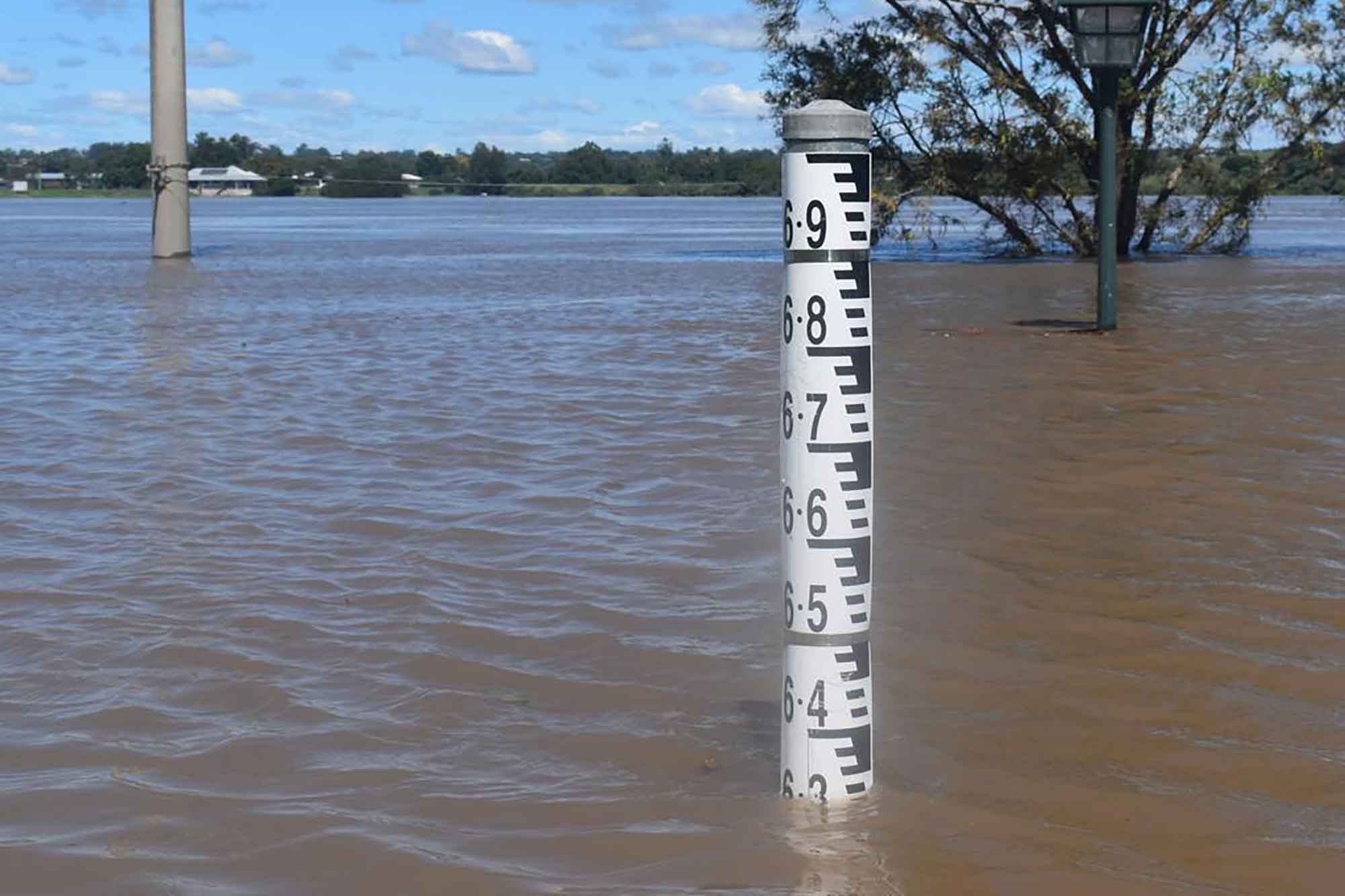With a vast catchment area and the mighty Clarence River running through it to the sea at Yamba, the Clarence Valley in Northern New South Wales can get very wet. Flooding, both minor and significant, is a reasonably regular event.
When the rain pours down, and the floodwaters start to rise, residents of the Valley want information, and they want it quickly. Is the local bridge underwater? Is it safe to drive to work? Do animals and machinery need to be moved to higher ground? Can travellers get through on the highway?
Local Council is always the go-to for up to the minute information on water heights and bridge crossings. The Council website is updated regularly but people want to know what’s happening right now and Council phone lines and staff become overwhelmed as so many calls come in. With a growing population, it’s becoming increasingly difficult to respond to everyone who wants to ring in. Council simply does not have enough staff or phone lines to meet the need.
There are already two cameras set up to monitor flooding in the Valley; however, they take only still photos that need to be manually uploaded to the Council website every hour and more often during flooding. These have been helpful but are labour intensive and costly to maintain.
Flood TV comes to the Clarence Valley
“And really, it wasn’t much good having anything exciting like floods, if you couldn’t share them with somebody.”
– Winnie the Pooh A.A Milne
Council Floodplain Manager Kieran McAndrew has identified nine critical areas throughout the Valley with high traffic flows that go under water quickly and engaged Barko Security to erect a Remote Viewing Tower at each location. Anyone with an internet connection or a mobile phone will be able to log on to Council’s website and see live-streamed video footage of their local road crossing.
The first RVT has just been installed at Rogans Bridge to the west of Grafton, and footage will soon be available on the Council website. Residents and motorists will have access to live video with exceptional clarity here and at eight other busy crossings throughout the Valley.
A picture paints a thousand words, and in this case, Council is also hoping it will also save a thousand phone calls, giving concerned residents and travellers the information they need to stay safe and well informed during flood events.

